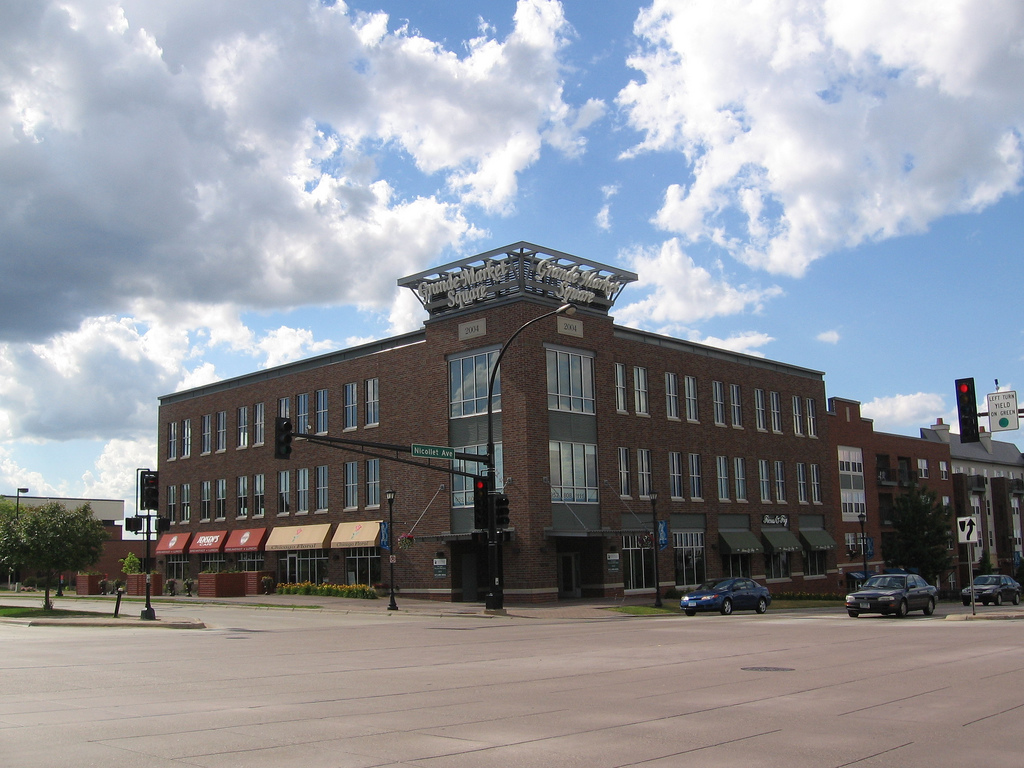

Moving to Burnsville, Minnesota: A Comprehensive Relocation Guide
Considering moving to Burnsville, Minnesota? South of Minneapolis, Burnsville combines established neighborhoods, strong amenities, and major highway access. Here’s your 2025 relocation overview.
Demographic Profile to Consider If Moving to Burnsville:
Home to about 65,000 residents, Burnsville sits along the Minnesota River in Dakota County. The city offers mature neighborhoods, apartment communities, and a redeveloping downtown district known as Heart of the City.
Cost of Living to Consider If Moving to Burnsville:
Median home prices average around $320,000 in 2025, with a mix of townhomes and apartments. Rental rates typically range from $1,200–$1,700 monthly.
Economy and Job Market:
Healthcare, retail, logistics, and professional services lead local employment. Its location near I-35W/I-35E allows fast access to both downtowns and the airport.
Education:
Burnsville–Eagan–Savage School District (ISD 191) serves the community. Several charter and private schools add choice.
Recreation and Lifestyle:
Burnsville’s parks, Crystal Lake, and Buck Hill ski area create four-season recreation. Shopping, dining, and events at Ames Center anchor civic life.
Healthcare and Services:
Fairview Ridges Hospital and Allina clinics provide nearby medical care. Specialty services and urgent care are plentiful.
Transportation:
Burnsville Transit Station links commuters via Metro Transit express routes. I-35 and County 42 corridors connect quickly across the metro.
Conclusion:
Moving to Burnsville MN in 2025 offers suburban convenience, recreation, and easy commutes to either Twin Cities downtown.

